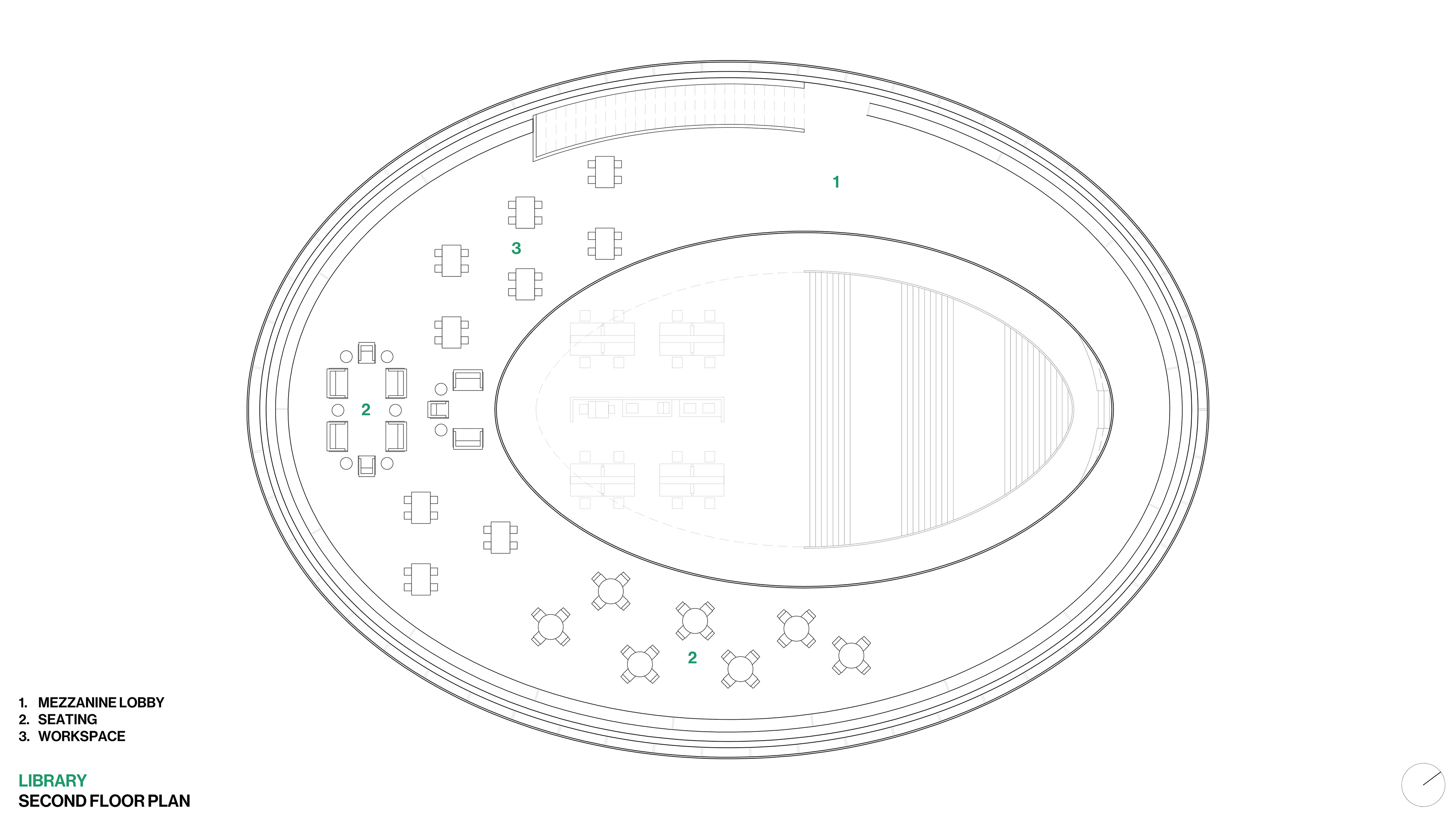As a collaborative effort with Sindi Malelli and Suleyma Valdez, Braided Wild seeks to 'rewild' the industrial urban fabric of Dallas. DFW is a continuous and colossal agglomeration covering some 13 North Texas counties and seven-plus million acres that is predominantly a low-density suburban pattern.
Situated within a section of the original 170 million acre blackland prairie ecology of the North American Great Plains, the flat and undulating topography of the DFW Metroplex is traversed by a vast watershed network of rivers, creeks, ravines, greenbelts and impoundments that include ponds, lakes and regional reservoirs. Known as the "DFW Branch Waters Network" the continuous ribbons of nature and shade have demonstrated the potential to attract and coalesce patterns of urban density along the edges.
The site for this project is located on the Branch Waters Network. The 8th and Corinth DART light rail site is the first arrival and station once the light rail crosses the Trinity River. The potential for transit and nature as agencies to concentrate human activity and urbanism with architecture is a central tenant of this project.
The program explores interior and exterior polyfunctionality. Polyfunctionality can be defined as the ability for one building, space or program to multiply in potential through design and accommodate additional activities.
Braided Wild may be referred to as a cultural campus, a central anchor for activity and conversation. An incubator of sorts, the campus manages to integrate completely biomorphic and organic schemes into a dense and linear urban fabric. Contained in the walls of the campus are a library, recreation center, swimming pool, esplanade, train station, and a generous amount of ‘wild’ greenspace. That is, landscape that recalls the original composition.
Focus was placed specifically on greenspace and mental wellbeing and how architecture can serve as a vessel for resolving common urban conflicts such as crime, poverty, economic disparities, and poor health.
Location
Dallas, Texas, USA
Instructor
Semester
Fall 2018 [B. Arch]
Program
Landscape, Mixed Use, Publicspace
Type
Collaborative Project
Team
Sindi Malelli, Suleyma Valdez
Size
510000 ft² / 47000 m²


diagrams


drawings










media